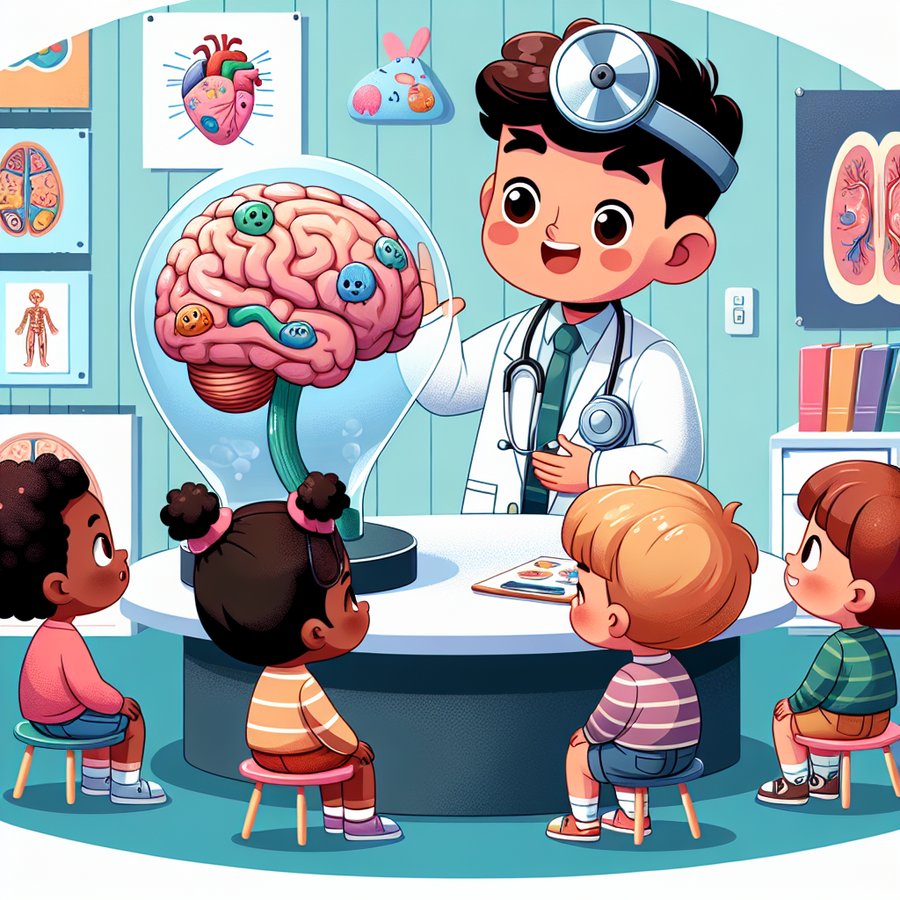Hydrocephalus is a condition that can be concerning for new parents, marked by an abnormal buildup of cerebrospinal fluid (CSF) in the ventricles of the brain. Understanding Hydrocephalus and its implications is crucial for ensuring your baby’s health and development. This comprehensive guide is designed to equip new parents with valuable knowledge about Hydrocephalus, including its causes, symptoms, treatment options, and how to manage it for the best possible outcomes for your child.
What is Hydrocephalus?
Hydrocephalus is often referred to as ‘water on the brain,’ a condition where excess cerebrospinal fluid accumulates in the brain’s ventricles. This can lead to increased pressure inside the skull, potentially causing brain damage and affecting brain function. The condition can be congenital, meaning it’s present at birth, or can develop after birth due to various factors such as infections, injury, or disease.
For more detailed information on Hydrocephalus, consider visiting reputable sources such as the National Library of Medicine.
Signs and Symptoms of Hydrocephalus in Infants
Recognizing the signs and symptoms of Hydrocephalus early can make a significant difference in managing the condition. Some common symptoms in infants include an unusually large head size, a rapid increase in head circumference, a bulging fontanel (the soft spot on top of a baby’s head), and tight scalp skin with visible veins. Additionally, babies may exhibit fussiness, poor feeding, and unusual eye movement. If you observe any of these symptoms, it’s crucial to consult a healthcare provider promptly for evaluation and diagnosis.
Early detection and treatment are key to managing Hydrocephalus effectively. For parents looking for support and guidance on developmental milestones and potential delays associated with Hydrocephalus, our resource library offers valuable insights.
What Causes Hydrocephalus in Babies?
The causes of Hydrocephalus in infants can vary, ranging from congenital factors such as genetic predispositions and developmental disorders, to acquired conditions like infections (e.g., meningitis), bleeding within the brain, or head trauma. Understanding the underlying cause is essential for determining the most effective treatment approach.
For information on conditions that may co-occur with Hydrocephalus, such as Spina Bifida, our internal link library provides comprehensive details to help parents navigate these complex medical landscapes.
Treatment Options for Hydrocephalus
Treatment for Hydrocephalus aims to reduce or manage the buildup of CSF in the brain to prevent or minimize damage. The most common treatment is the surgical insertion of a shunt system, which diverts the flow of CSF to another area of the body where it can be absorbed. Endoscopic third ventriculostomy (ETV) is another surgical option that may be considered, depending on the cause and extent of the condition.
Following surgery, ongoing monitoring and care are crucial for ensuring the best outcomes. This includes regular check-ups with healthcare providers to monitor head growth, developmental progress, and the function of the shunt system. For parents seeking advice on post-surgery care and support, resources like Post-Surgery Care can be incredibly helpful.
Supporting Your Child’s Development and Well-being with Hydrocephalus
Living with Hydrocephalus requires ongoing care and support to ensure a child’s health, development, and quality of life. Beyond medical treatment, nurturing your child’s physical, cognitive, and emotional development is key. Engaging in activities that promote motor skills, language development, and social interaction can be beneficial. Additionally, connecting with support groups and other families navigating similar experiences can provide valuable encouragement and resources.
For parents looking for more information on enhancing cognitive development in children with Hydrocephalus, our article on Cognitive Development offers practical tips and insights.
Conclusion
Hydrocephalus poses challenges, but with early detection, appropriate treatment, and supportive care, children with this condition can lead fulfilling lives. By staying informed, seeking support, and advocating for your child’s needs, you can navigate the journey of Hydrocephalus with confidence and hope. Remember, you are not alone, and resources are available to assist you every step of the way.
For more resources and guides on various infant health topics, visit our extensive library at Hydrocephalus and related topics.













